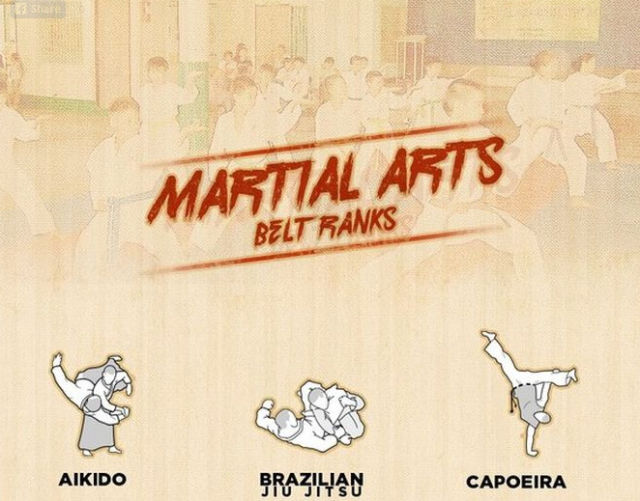Understanding The Essential Differences Between Typical Martial Arts And Modern Combat Sports
Understanding The Essential Differences Between Typical Martial Arts And Modern Combat Sports
Blog Article
Author-Camp Haagensen
When you think of martial arts, do you lean a lot more toward the typical methods or the contemporary combat sports? Each course offers distinct advantages and experiences, formed by their approaches and training methods. Typical martial arts stress individual growth and discipline, while modern battle sports concentrate on competitors and efficiency. Recognizing these distinctions can direct you in selecting the right technique for your trip. However how do these differences show up in training and approach?
The Ideology and Background Behind Conventional Martial arts
While lots of people link martial arts with physical fight, the approach and background behind typical martial arts run much deeper. You'll find that these techniques emphasize individual development, self-control, and regard.
Originating from ancient methods, typical martial arts were frequently established for Self-Defense and spiritual growth. They symbolize principles such as balance, harmony, and self-discipline, guiding practitioners past plain combating abilities.
As you train, you'll not just find out methods yet likewise obtain understandings into the society and values that formed these arts. The routines and customs, usually passed down with generations, promote a sense of community and belonging.
The Affordable Nature of Modern Battle Sports
Modern fight sports have transformed the landscape of martial arts right into a highly competitive sector, where professional athletes face off in an examination of ability, strategy, and endurance.
You'll discover that competitors are usually arranged with rigorous rules and laws, guaranteeing fair game and safety and security. These events bring in huge audiences, fueling the exhilaration and strength of competitions.
just click the next post educate carefully, not just for physical prowess yet additionally for psychological sturdiness, recognizing that every information counts in the ring. The adrenaline thrill throughout competitions is palpable, as competitors push their limits to claim victory.
Followers value the athleticism and virtuosity involved, making contemporary combat sporting activities a thrilling spectacle that continues to develop and astound enthusiasts all over the world.
Training Methods and Strategies: A Relative Evaluation
The competitive atmosphere of modern-day fight sporting activities demands cutting-edge training techniques that differ dramatically from standard martial arts.
In modern training, you'll focus on certain strategies, sparring, and conditioning, often making use of drills that replicate real fight circumstances. You'll see an emphasis on quantifiable performance and regular competition to examine your skills.
In contrast, traditional martial arts prioritize kinds, katas, and thoughtful teachings, often emphasizing discipline and regard over competitors.
view is normally less intense and might include repeated practice instead of real-time sparring.
While both techniques develop ability and health and fitness, modern-day fight sports supply an extra dynamic and adaptable training environment, preparing you for prompt obstacles in the ring or cage.
Choose the course that lines up with your goals and interests.
Conclusion
In choosing between typical martial arts and modern combat sporting activities, it really comes down to what you value many. If you're searching for personal growth, self-control, and a feeling of area, traditional arts might be your ideal fit. Yet if you grow on competitors and real-time challenges, modern-day battle sporting activities could be the method to go. Ultimately, martial.arts for.kids near me offer unique advantages, so it's all about straightening your training with your individual goals and rate of interests.
